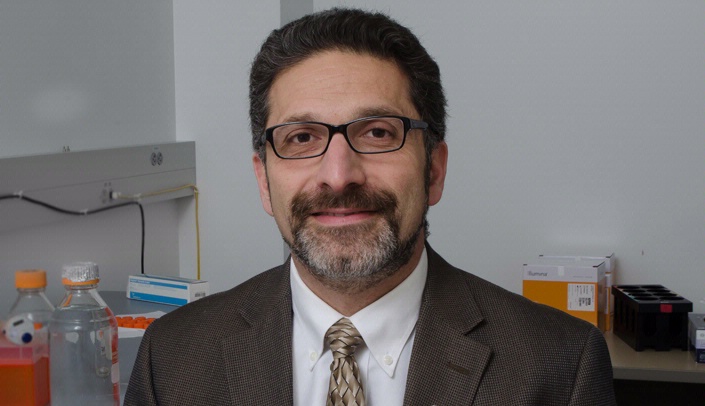ARLINGTON, Va. — Hospital-acquired pneumonia (HAP) and ventilator-associated pneumonia (VAP) — which account for 20 to 25 percent of hospital-acquired infections — should be treated with shorter courses of antibiotics than they typically are, according to new guidelines released by the Infectious Diseases Society of America (IDSA) and the American Thoracic Society (ATS) and published in the journal Clinical Infectious Diseases. In addition, the Society of Critical Care Medicine (SCCM), the American College of Chest Physicians (CHEST), and the Society for Healthcare Epidemiology of America (SHEA) endorsed these guidelines.
At a glance
- Seven days of antibiotics are effective for most hospital-acquired pneumonia (HAP) and ventilator-associated pneumonia (VAP) infections, according to the new guidelines published by the Infectious Diseases Society of America and American Thoracic Society.
- The new guidelines also recommend that each hospital develop an antibiogram to determine which strains are causing infection and ensure the right antibiotics are used for treatment.
- HAP and VAP cause 20 to 25 percent of hospital-acquired infections, and these may be fatal 10 to 15 percent of the time.
The recommendation of seven or fewer days of antibiotics for most of these infections reflects a change from previous guidelines to ensure safe and effective treatment while limiting the development of antibiotic resistance.
Created by a multidisciplinary panel led by infectious diseases, pulmonary and critical care specialists, the new guidelines also recommend that each hospital develop an antibiogram, a regular analysis of the strains of bacteria causing pneumonia infections locally as well as which antibiotics effectively treat them.
When possible, the antibiogram should be specific to the hospital’s intensive care unit patients, according to the guidelines. Antibiograms should be updated regularly, and the most appropriate frequency should be determined by the institution, the guidelines note.
“Once clinicians are updated regularly on what bugs are causing VAP and HAP in their hospitals as well as their sensitivities to specific antibiotics, they can choose the most effective treatment,” said Andre Kalil, M.D., lead author of the guidelines, professor of medicine in the Division of Infectious Diseases and director of the Transplant Infectious Diseases Program at UNMC. “This helps individualize care, ensuring patients will be treated with the correct antibiotic as soon as possible.”
Published in 2005, the previous guidelines recommended different lengths of treatment time for antibiotic therapy based on the bacterium causing the infection.
The 2016 guidelines recommend seven days or fewer for all bacteria. Newer evidence suggests that the shorter course of treatment does not reduce the benefits of therapy, Dr. Kalil said. In addition, he said this can reduce antibiotic-related side effects, the risk of Clostridium difficile, a serious diarrheal infection, antibiotic resistance and costs. In some cases, such as when a patient doesn’t improve or worsens, longer treatment may be necessary.
Mechanical ventilators help patients breathe. They are used when a patient is having surgery with general anesthesia or for those who suffer from impaired lung function. One of every 10 patients on a ventilator gets VAP, which is fatal about 10 to 15 percent of the time.
VAP also increases: the amount of time patients remain on a ventilator — from 7.6 to 11.5 days on average — and length of hospital stay — from 11.5 to 13.1 days on average.
While HAP typically is a less severe infection than VAP, half of patients have serious complications, including respiratory failure, fluid in the lungs, septic shock and kidney failure.
